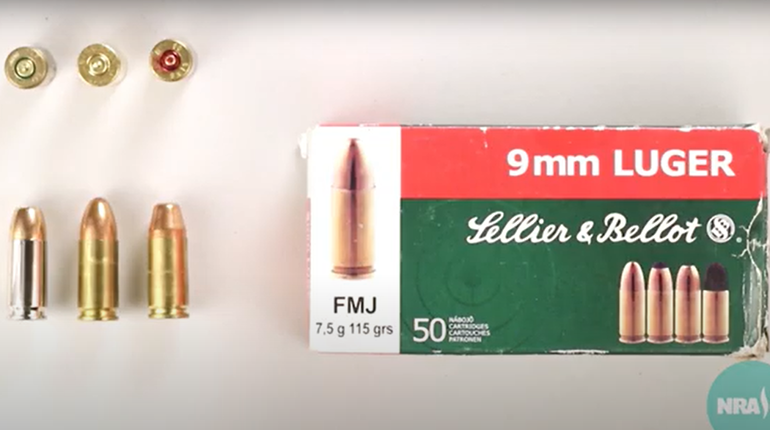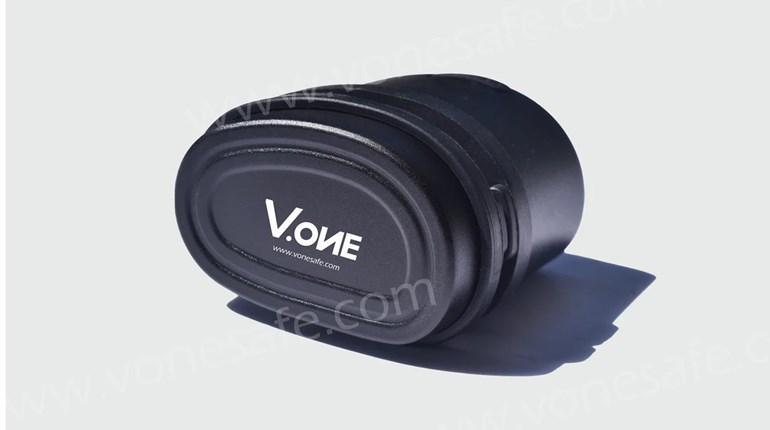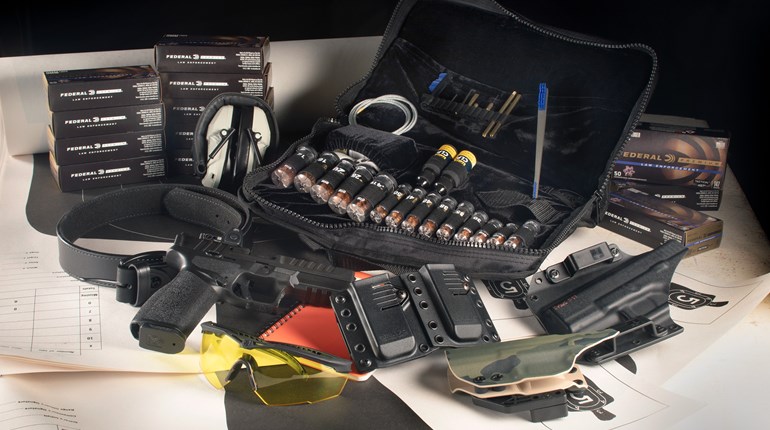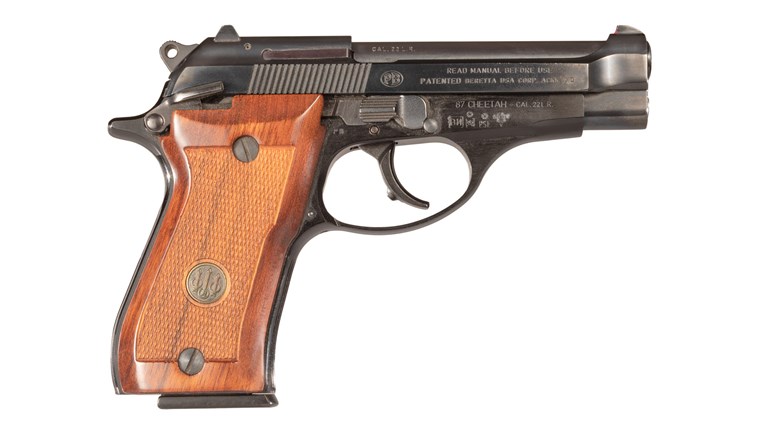
Safety first, second and third!
When I am teaching someone to shoot, I always start with the safety aspect of the firearm. I go over the Three Rules of Gun Safety in detail and explain why they are important rules. I also ask my new shooter how much, if any, experience they have with firearms. I follow up with what they think they know about shooting or the firearm, and end with their expectations of what will happen when they pull the trigger. Don’t forget safety glasses and quality hearing protection!
The next steps
We then check to see which eye is their dominant eye (here's an article about how to do that). After checking to see that the firearm is unloaded, I then go over how to load and unload the firearm and any other features of the firearm the new shooter should be aware of. Proper hold, trigger finger placement, trigger control, stance, breathing and sight alignment are then discussed in detail.
Check to verify the gun is unloaded (yes, again) and demonstrate how to check it to your shooter. Have them check it with your supervision. Next, have them practice as needed. I have my new shooters get into the proper stance with their finger in the proper placement and go through the motions of aiming and firing at the target. I have them dry fire the firearm a few times to check form, trigger control, breathing control, sight alignment and stance. It is much easier to correct these things while using an unloaded gun.
The range is HOT!
At this point you and the shooter should be ready to actually send some copper and lead downrange. Start up close with a target for a long gun at no more than 25 yards and a handgun target at 7 to 10 yards. If I sense my new shooter is nervous about recoil or the noise, I offer to shoot a round first to demonstrate what to expect. Most of the time this offer is readily and graciously accepted, and relief is visible in their eyes.
Another thing I should mention is that I always start out with small caliber firearms or smaller gauge shotguns. My favorite go to is a .22 rifle if using a long gun. I have found that semiautomatics are great because you do not have to worry about working a bolt, but a bolt gun slows the process down to where you can give the shooter a breather in between shots more easily, and they learn to make each shot count. Gauge your shooter and decide which is best for your individual situation.
When I am introducing a new shooter to shotgun use, I use a stationary target such as a clay pigeon hung on a stick, a big vegetable can parked on some tufts of grass, or I use a box that has a ShootNC target on it. I start with a .410 and birdshot.
When I'm mentoring, handgun instruction is always done with a .22 caliber handgun. My go-to is a Ruger SR22. I have a Ruger Mark II with a long barrel on it that is amazingly accurate, and I use that sometimes, but I found that new shooters grow weary of holding this heavier gun up for extended periods of time. If you need something lighter, the SR22 is excellent--just be sure to start up close at 7 yards to get your shooter started.
Targets tell the story
When I begin instructing, I always use reactive targets. The shooter needs to see where they hit and the mentor needs to see where they hit to better interpret what the shooter is doing. I often mention ShootNC paper targets in my articles because they are reactive and show a bright yellow splotch where the bullet impacts. Seeing this is a confidence builder, and the shooter can more easily understand what is going on as you coach them.
For instance, if the firearm is sighted-in properly, but the shooter is shooting to the right and you observe them with half their finger around the trigger as they press it, you can discuss how this is likely causing them to snag the pistol to the right and possibly high. (They should be pressing with the pad at the end of their finger and drawing the trigger straight back.) Being able to see impact points speeds up the process too and eliminates walking back and forth after calling a ceasefire and stopping the whole range.
Once you get your shooter on target with consistency, consider using metal reactive targets. I use Challenge Targets and their Shoot to Reset Plate Rack and Dueling Tree in rimfire versions. These target systems give instant feedback and allow the new shooters to have fun while honing their skills and cut way down on target costs and cease fires on the range. I am a cofounder of a youth outdoor club and can tell you that out of all the targets we use for our firearms events, these two targets have the longest lines every time we hold an event. The kids and their parents love the smack of the metal when a .22 bullet hits and the flip of the target.
Follow through
Once you have a session with your new shooter, set up a few more sessions to follow through on their knowledge and skills. We can continue to give back to our shooting sports by introducing a new shooter to shooting and mentoring them until they can pass on that knowledge too!







































